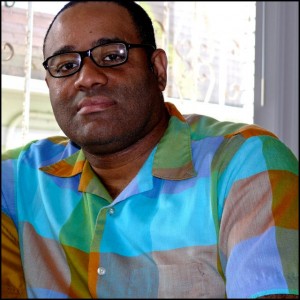By Brian McDonald
This book from Brian McDonald provides a good grounding for writers on how to build a story structure that won’t stick out obviously to the audience. McDonald calls this “invisible ink” because he feels the object should be that storytelling should be so seamless that the audience does not realize how the storyteller has shaped the tale.
McDonald very thoroughly explains seven basic step questions that will help the writer shape the structure. When I read it, I was startled with how simple they were, but I immediately saw their value. I keep a file of what I call “writing guides” to help me structure stories, and McDonald’s Seven Steps promptly joined the collection, to be used as one of my first steps in starting a story.
He then goes on to discuss the armature of the story. In one short section on what he calls “joke exercise,” he points out the importance of setting up elements if you want to have a specific pay off. McDonald spends a chapter on what could be called “pain” issues, and his insights open whole vistas on what can provide this element in your story.
In addition to sections on dialogue and what he calls “superior position” in storytelling, McDonald includes a chapter on how to handle critiques. Things can easily go wrong in a story and writers who want to do better have to learn how to “hear” critiques. McDonald’s advice on this should be kept at hand by every writer. What the commentators say may need “translation” to be of use to the writer, and McDonald instructs you on how to do this.
The cream of this book comes at the end when McDonald includes the script for his wonderful short film, White Face. He follows it with an analytic description of the structure of the short, the “invisible ink” in his own storytelling in the mock documentary.
This book deserves to be on any writer’s work shelf.

